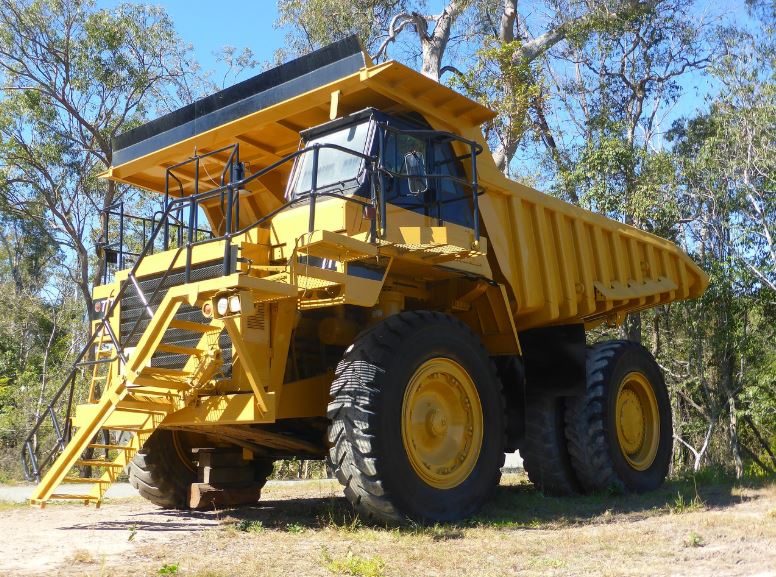
Image: Pixabay
Regular maintenance is vital to the operational efficiency of heavy machinery. That’s because such industrial assets are often working for several hours at a time, leading to wear and tear.
By scheduling preventive maintenance, you’re extending the lifecycle of your machine and ensuring it operates at 100% efficiency at all times.
Major breakdowns can significantly impact your project timelines, leading to budget overruns and client dissatisfaction. To nip these problems in the bud, it’s essential not to overlook this critical aspect.
Follow these 4 best practices to ensure you’re properly maintaining your large machinery:
1. Machine operator training
No two industrial machines are the same. As such, you must ensure that your operators have been trained in handling the equipment properly and with the correct safety procedures in place.
Usually, the manufacturer of your industrial equipment will offer training courses when you purchase the machinery from them.
Even employees with years of experience in handling heavy machinery must undergo these courses as they might not be familiar with that particular make and model.
Operator manuals are another source of best practices. These can come into effect if your employee is unclear on how to tackle a particular situation. Manuals are usually an exhaustive list of the capabilities of the machine and how to achieve a specific operation.
But if you can’t find the information you’re looking for then it’s better to consult with the manufacturer rather than try to attempt something out of the blue.
2. Keep daily records of machine use
If your manufacturer recommends preventive maintenance for every 10,000 hours of operation then you must follow this directive. A failure to do so could void the warranty or, worse, lead to a complete breakdown.
But how will you determine how long your machine has been in active use for? The only way to achieve this is through daily records of operations which outline the person operating it, start and end times, and a record of issues if any.
Not only will this help in your maintenance schedule, but it’ll also assist managers in identifying bottlenecks and inadequately skilled operators.
3. Lubricate, clean, and store your machine
By not cleaning and lubricating your machine on a daily basis, you’re allowing for corrosive elements such as rust to seep in. This leads to contamination and greater wear and tear.
Moving parts in engines and hydraulic parts require frequent lubrication to ensure they’re working optimally.
After all, the global demand for lubricants is estimated to be worth $162.3 billion with giants like Shell, Exxon Mobil, BP, and Total all vying for market share.
In the same vein, all industrial machinery should be stored under protective cover. This helps prevent damage from inclement weather such as rain and snowstorms. A safe storage environment for your machines also helps with frequent inspections for rust and condensation.
4. Invest in software and robotics
Manual monitoring of your machines used to be the industry norm, but things are changing rapidly.
Robots, software, and things like the Internet of Things (IoT) have proliferated the landscape, and maintenance is no different.
Thanks to sophisticated sensors and instant data transmission via the cloud, it’s possible to get precise insights about the ‘health’ of your equipment through any device that’s connected to the internet.
You don’t have to be a skilled IT practitioner to be able to achieve this. An IT consulting company could manage this on your behalf so that you can concentrate on what you do best: operating the machines.
Conclusion
While your machines won’t operate forever, there are ways of extending their lifecycles so you can get a maximum return on investment on them.
The best practices mentioned in this article are definitely a step in that direction.



